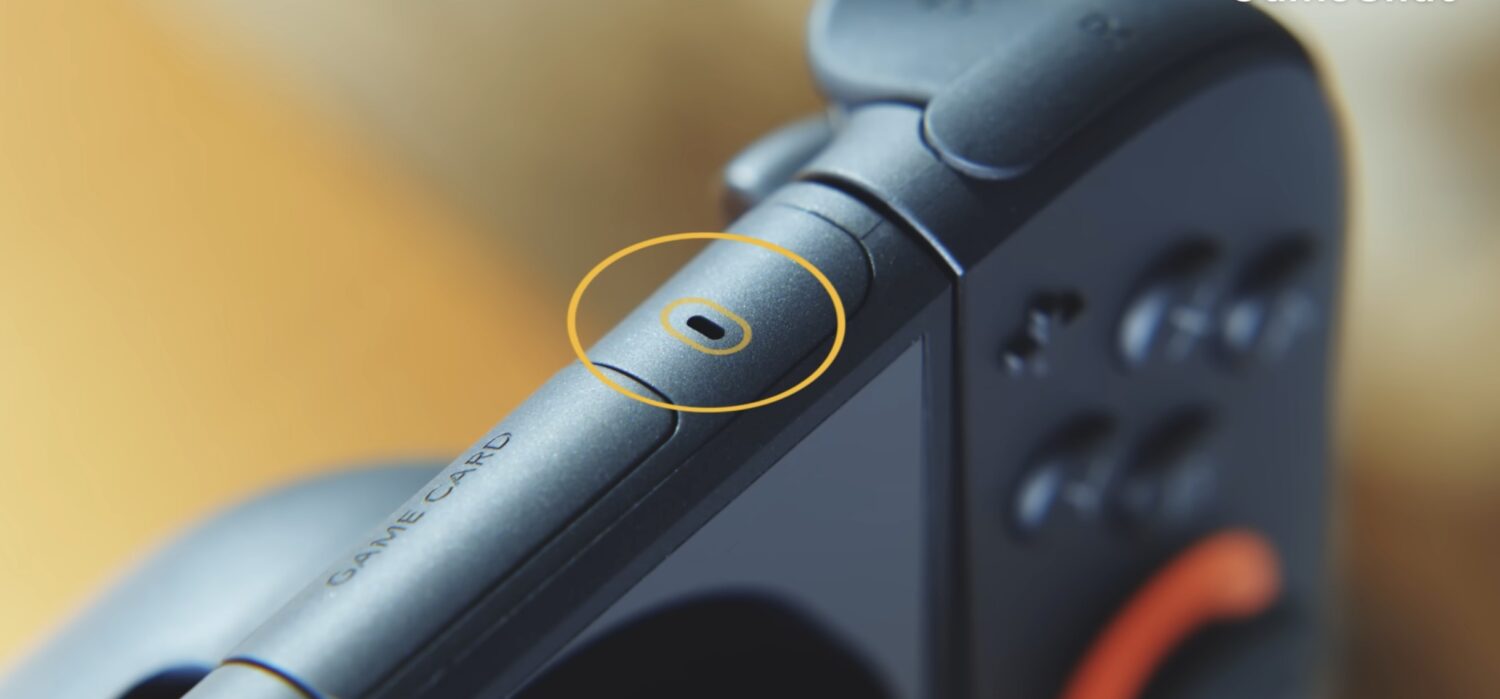Portal 2 on Nintendo Switch 2: Always-On Microphone Feature Raises Player Concerns
Portal 2, the celebrated puzzle-platformer from Valve, continues to be a fan favorite thanks to its engaging cooperative gameplay and clever design.
With its release on Nintendo Switch, a new generation of players have been able to experience the classic title on the go.
However, the introduction of the Nintendo Switch 2 has brought attention to an unexpected hardware issue affecting the game's local multiplayer mode: an always-on microphone that cannot be turned off during gameplay. Portal 2 launched on the Nintendo Switch via the eShop as part of the Portal: Companion Collection, developed in collaboration with Valve and respected porting studio NVIDIA Lightspeed Studios.
The release was well-received and brought full support for both single-player and local co-op modes, with players enjoying the portability and flexibility of the hybrid Nintendo hardware.
Notably, Portal 2 features microphone support for local multiplayer sessions on the Nintendo Switch.
On the original Switch platform, the game automatically activates the microphone feature if a microphone accessory is paired to the system, allowing players to communicate seamlessly during co-op play.
If the external microphone is unpaired, the audio input is disabled, restoring user privacy and control. With the arrival of the Nintendo Switch 2, which introduces a built-in microphone as a key new feature, players have encountered a limitation: the microphone is automatically enabled during local multiplayer in Portal 2 and cannot be turned off through system settings or unpairing, since the internal microphone is not removable or deactivatable.
As a result, players participating in local multiplayer are unable to manually disable the microphone, prompting concerns over constant audio input and user privacy. In a statement summarized for clarity, community members highlighted that the Switch version of Portal 2 was designed to support microphone functionality, but the integration with Switch 2 hardware leads to it always being active when the game recognizes a second player.
As one popular video demonstration shows, the internal microphone activates by default without an apparent option to mute or disable it. While there have been no official comments or detailed responses from Valve or Nintendo regarding this specific issue, the situation is notable for its implications on gameplay privacy and user control.
Industry best practices typically encourage giving players the ability to manage audio input, especially as hardware evolves and new features are added.
As the Nintendo eShop library expands for the Switch 2, players and developers alike may need to adapt to emerging cross-generational compatibility quirks. Portal 2’s ongoing success across multiple platforms is a testament to Valve’s commitment to accessible and innovative gaming experiences.
The Nintendo Switch and Switch 2 ports have helped extend the game’s reach, but the always-on microphone issue underscores the importance of thorough hardware integration testing.
Whether this feature will be adjusted in a future software patch remains to be seen.
In the meantime, Switch 2 owners are encouraged to be mindful of the system’s microphone functionality while engaging in local co-op sessions. As the gaming community continues to provide feedback, both Valve and Nintendo are expected to further refine their approach to privacy and user control features, ensuring a seamless and secure experience on the Nintendo Switch 2 and beyond.
With its release on Nintendo Switch, a new generation of players have been able to experience the classic title on the go.
However, the introduction of the Nintendo Switch 2 has brought attention to an unexpected hardware issue affecting the game's local multiplayer mode: an always-on microphone that cannot be turned off during gameplay. Portal 2 launched on the Nintendo Switch via the eShop as part of the Portal: Companion Collection, developed in collaboration with Valve and respected porting studio NVIDIA Lightspeed Studios.
The release was well-received and brought full support for both single-player and local co-op modes, with players enjoying the portability and flexibility of the hybrid Nintendo hardware.
Notably, Portal 2 features microphone support for local multiplayer sessions on the Nintendo Switch.
On the original Switch platform, the game automatically activates the microphone feature if a microphone accessory is paired to the system, allowing players to communicate seamlessly during co-op play.
If the external microphone is unpaired, the audio input is disabled, restoring user privacy and control. With the arrival of the Nintendo Switch 2, which introduces a built-in microphone as a key new feature, players have encountered a limitation: the microphone is automatically enabled during local multiplayer in Portal 2 and cannot be turned off through system settings or unpairing, since the internal microphone is not removable or deactivatable.
As a result, players participating in local multiplayer are unable to manually disable the microphone, prompting concerns over constant audio input and user privacy. In a statement summarized for clarity, community members highlighted that the Switch version of Portal 2 was designed to support microphone functionality, but the integration with Switch 2 hardware leads to it always being active when the game recognizes a second player.
As one popular video demonstration shows, the internal microphone activates by default without an apparent option to mute or disable it. While there have been no official comments or detailed responses from Valve or Nintendo regarding this specific issue, the situation is notable for its implications on gameplay privacy and user control.
Industry best practices typically encourage giving players the ability to manage audio input, especially as hardware evolves and new features are added.
As the Nintendo eShop library expands for the Switch 2, players and developers alike may need to adapt to emerging cross-generational compatibility quirks. Portal 2’s ongoing success across multiple platforms is a testament to Valve’s commitment to accessible and innovative gaming experiences.
The Nintendo Switch and Switch 2 ports have helped extend the game’s reach, but the always-on microphone issue underscores the importance of thorough hardware integration testing.
Whether this feature will be adjusted in a future software patch remains to be seen.
In the meantime, Switch 2 owners are encouraged to be mindful of the system’s microphone functionality while engaging in local co-op sessions. As the gaming community continues to provide feedback, both Valve and Nintendo are expected to further refine their approach to privacy and user control features, ensuring a seamless and secure experience on the Nintendo Switch 2 and beyond.






